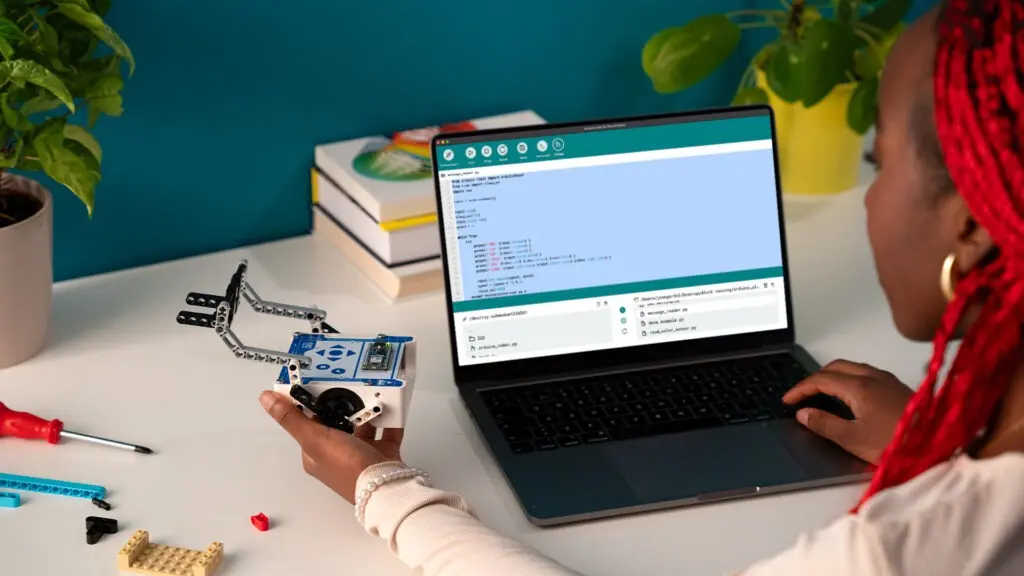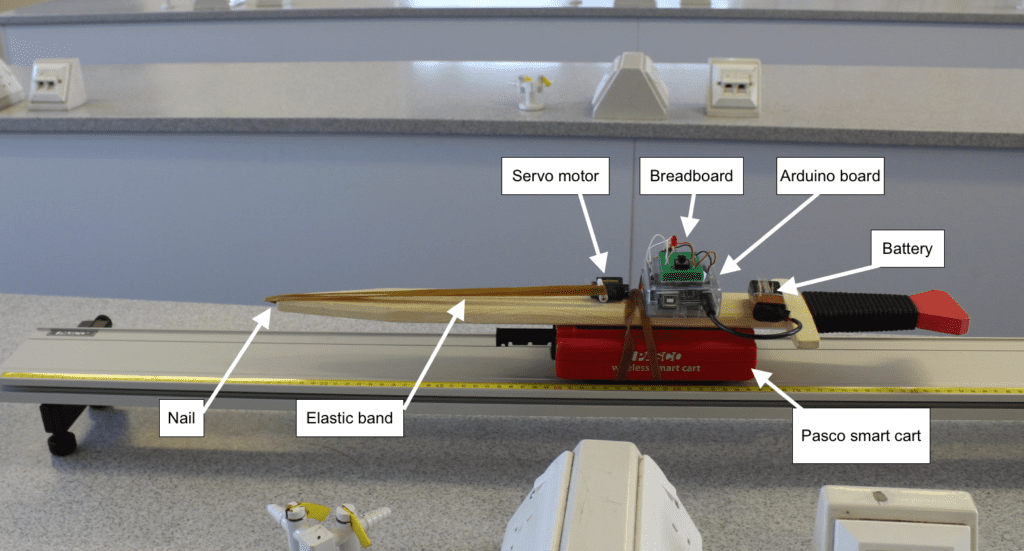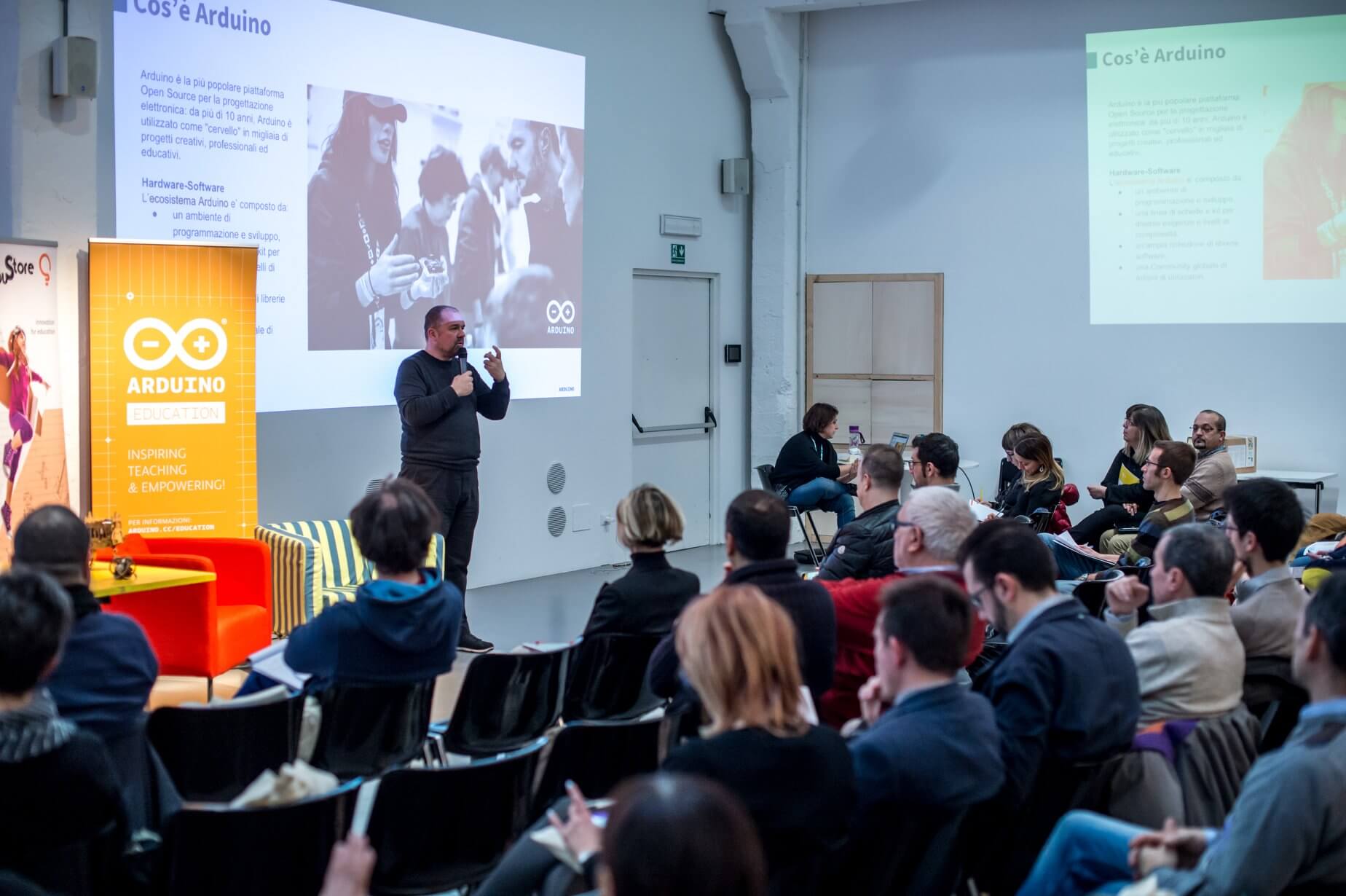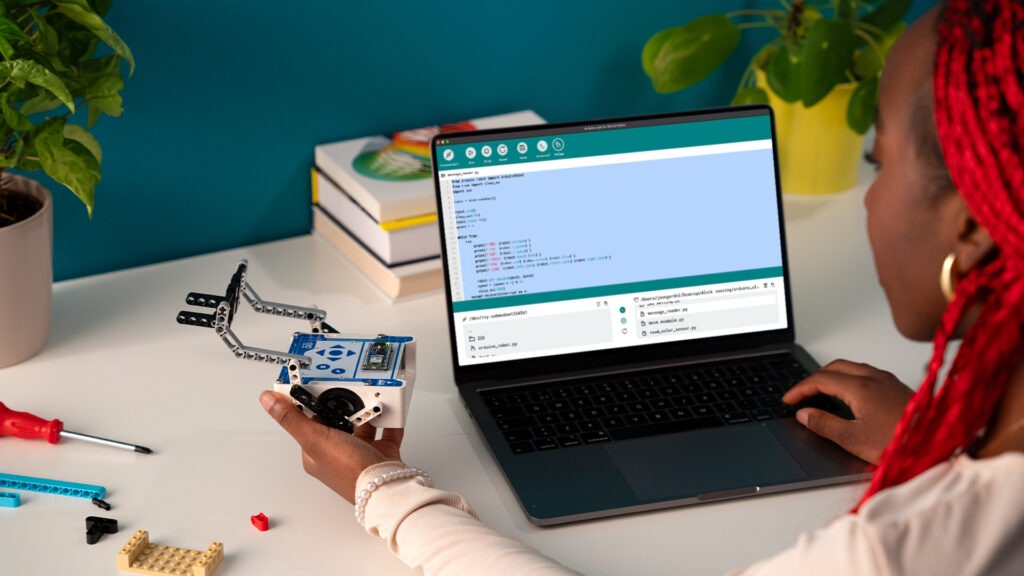
School’s out for summer – at least for most of us. While the majority of children (and teachers!) will probably be breathing a huge sigh of relief, parents face a new challenge: how to keep kids engaged during the long break. Of course, downtime is important, but there are also loads of fun ways to keep those brains fired up and prevent the summer slide.
As we explain in this article, incorporating STEAM education (Science, Technology, Engineering, Arts, and Mathematics) into your child’s summer routine is a great place to start. Read on for our top tips for success, along with some interesting summer STEAM activities to try at home.
The benefits of STEAM education
As most parents will know, STEAM education has numerous benefits for children of all ages. In addition to stimulating their natural curiosity and creativity, it helps to build critical thinking and problem-solving skills. STEAM activities also allow kids to understand how scientific theory applies to real-world applications and scenarios. This makes the learning experience more relevant and enjoyable. Who knows, it might even spark a lifelong passion for STEAM or open their eyes to potential future careers.
With so much to offer, it’s no wonder STEAM education has become an integral part of the curriculum. But that doesn’t mean you have to keep it to the classroom.You can bring STEAM learning to life at home too. And with the extended summer break now upon us, there’s never been a better time to give it a go!
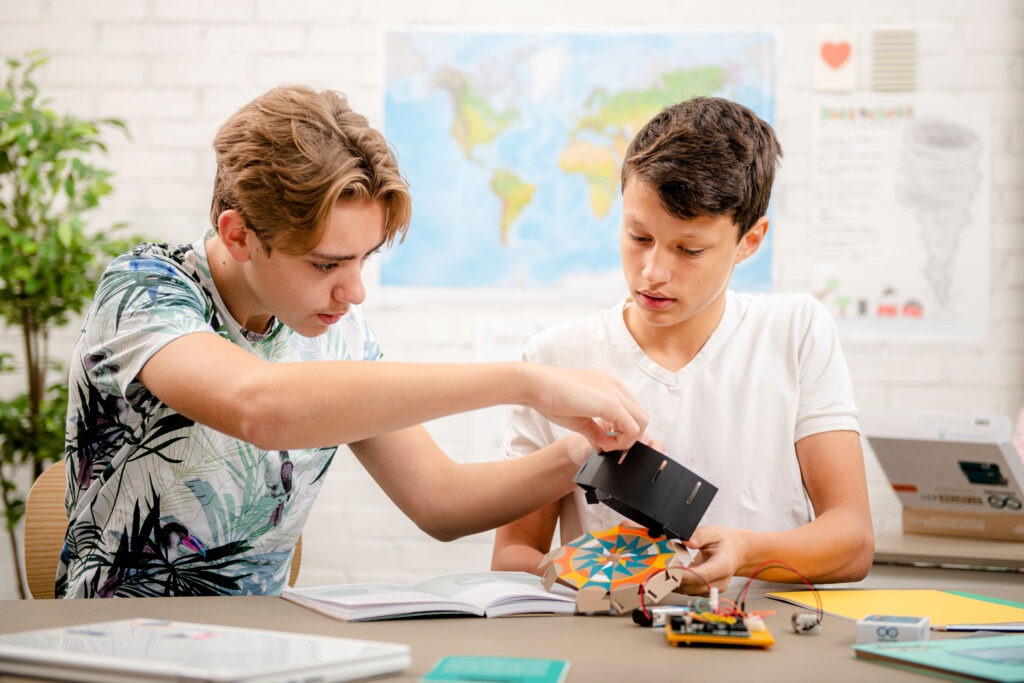
Exploring STEAM at home: advice for parents
Whether you’re a parent/carer to an enthusiastic elementary-aged youngster or a fiercely independent middle schooler, here are six practical tips for you:
1. Prioritize interactive activities
Hands-on projects are always popular with kids, regardless of age. To make STEAM education as interesting as possible, choose interactive projects that encourage children to get stuck in. Classic summer STEAM activities like making bath bombs, a volcano or a lava lamp are all great examples – just be prepared for things to get messy!
2. Let children take the lead
Where possible, give children the freedom to explore STEAM activities independently. This is an excellent way to build their self-confidence and problem-solving skills, which will serve them in the future. While younger children may need support, you can still encourage open-ended play. Their creativity and ingenuity might just surprise you.
3. Try a new activity together
Although independent exploration is important, collaborating on a STEAM project with your child can be equally beneficial. As well as being an ideal bonding opportunity, tackling something new together also shows children how it’s possible to work through challenges and new situations. This popular egg drop challenge might be a good option if you really want to test your problem-solving abilities and don’t mind the inevitable clean-up afterwards!
4. Opt for something tangible
In today’s digital world, pick an activity that lets kids play with a physical object. The Arduino Alvik robot is perfect for starting a coding journey with your kids. It provides hands-on experience as they build their own robot – whether it’s an automated mug delivery car, an autonomous patrol vehicle, or even a customized moon rover.
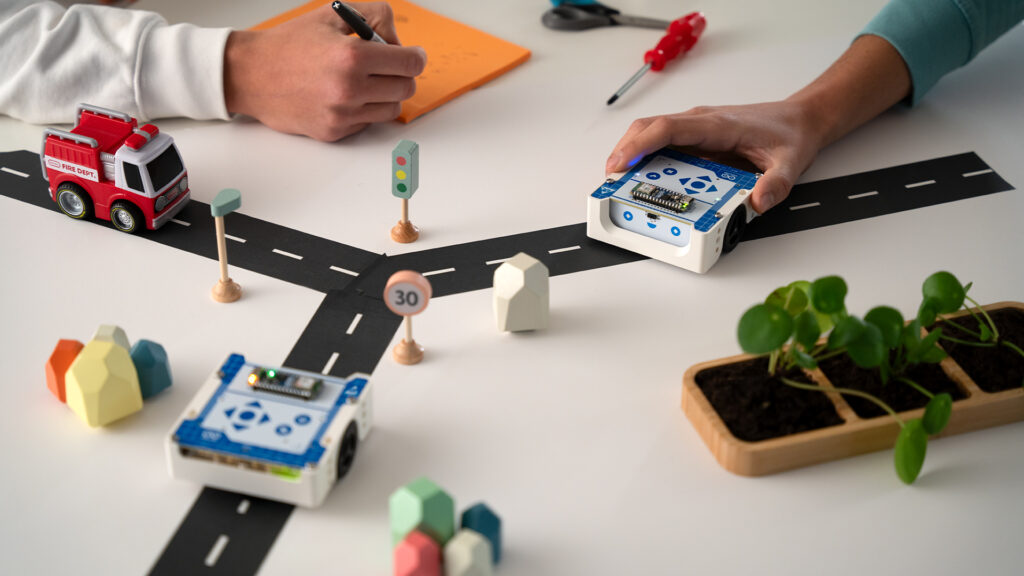
5. Make the connection to the real world
You only have to glance around your home to see STEAM in practice. Why not encourage your teenager to explore this further with our Oplà IoT Kit? The kit comes with eight IoT projects that demonstrate how to make everyday appliances smart. Older children can easily control them with a mobile app. Plus, they have access to all the advanced features of Arduino Cloud to easily control their projects in a single platform.
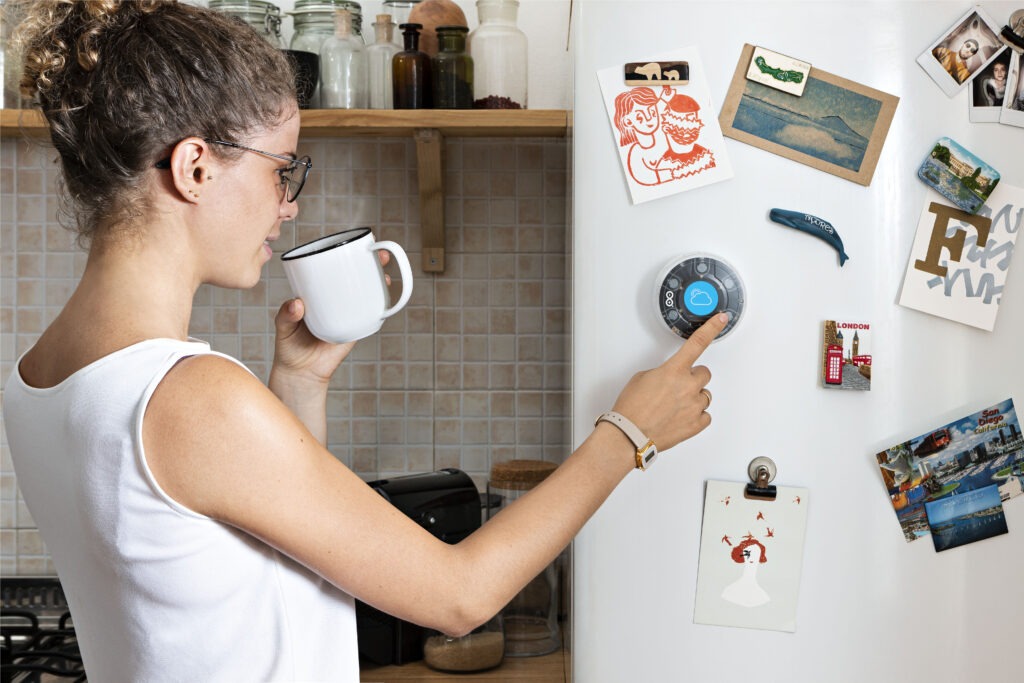
6. Connect activities to your child’s interests
Another way to stimulate an interest in STEAM is to relate it to something your child already enjoys, such as coding, baking, sports, gaming, music etc. Find hands-on activities that demonstrate how their passion relates to key STEAM concepts. For example, this Bluetooth-controlled LEGO® toy car project is ideal for introducing LEGO®-loving kids to the basics of electronics. Meanwhile, music fans might want to try making and playing their own keyboard with the Arduino Starter Kit.
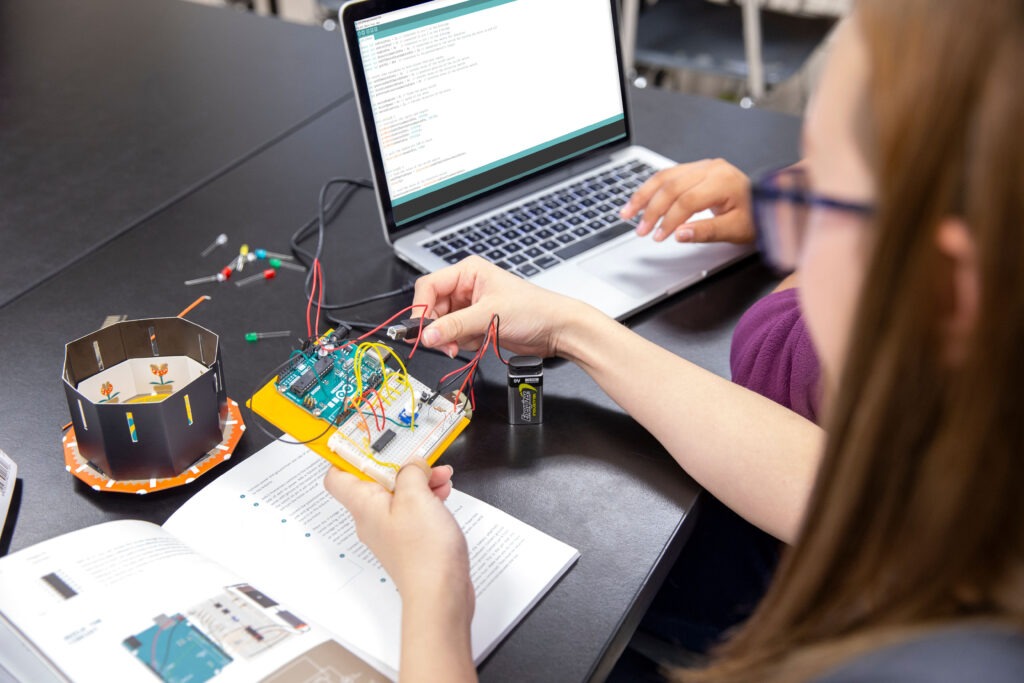
Experimenting with STEAM education at home helps to keep children’s minds active and engaged over the long summer break. Just remember that the goal is for them to have fun, play and explore – anything else is a bonus. So be patient, flexible, and supportive, and celebrate the process of discovery and learning together.
Keep reading for more ideas on how to use Arduino with kids or explore our hands-on educational kits here.
The post Why is STEAM education important for kids? 6 activity tips appeared first on Arduino Blog.
Website: LINK
